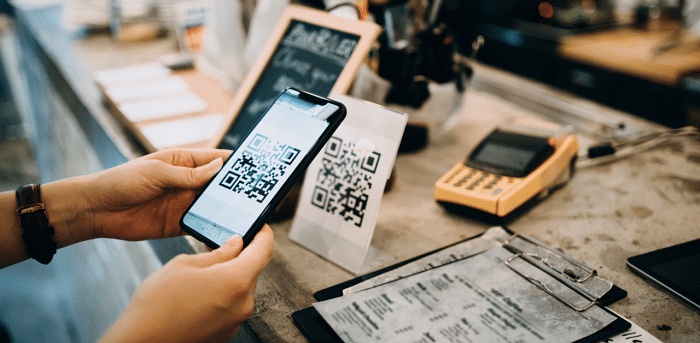
India’s UPI (Unified Payments Interface) landscape has grown tremendously in the last half-decade, and more so in the last 18 months since the outbreak of the pandemic.
From April 2020 to August 2021, the total value of UPI transactions in India stood at Rs 68.81 lakh crore, about 69 per cent of the total value of UPI transactions done since its inception in April 2016.
Between April 2020 and August 2021, there were 37.12 billion transactions, 66 per cent out of the total 55.93 billion transactions recorded since its inception.
This year, the UPI transactions have grown at an even higher rate than the corresponding period last year.
The value of UPI transactions in India during the April to August 2021 period stood at Rs 27.77 lakh crore, which is about 2.3 times the value of transactions recorded during the same period last year at Rs 12.20 lakh crore, as per the data on National Payment Corporation of India’s (NCPI) website.
During the April-August 2021 period, there were 14.79 billion transactions, about 2.2 times the 6.68 billion transactions recorded in the same period of the previous year.
Rajesh Bansal, CEO of RBI Innovation Hub (RBIH), said, “While most of the people who started using digital payments in 2020 did so due to the unavoidability factor brought by the pandemic, more people have embraced digital payment methods this year due to the ease and convenience they present.”
Ever since UPI was launched as a pilot by the then RBI governor Raghuram Rajan in April 2016, the UPI system has seen a huge growth in the number of transactions and aggregate value for processing instant payments. From its inception to August 2021, India has recorded an aggregate value of Rs 100 lakh crore by way of UPI transactions.
While the UPI system has provided itself as a catalyst to take forward Prime Minister Narendra Modi’s dream of a Digital India and turning it into a cashless economy, the latest statistics about India’s financial inclusion suggest that there might be a long road ahead to turn the dream into a reality.
“The ratio of cash to GDP in most OECD countries is less than 5 per cent, but the same ratio in India today is around 14 per cent. This is too high, but at the same time, showcases the massive scope of growth that players in the FinTech space can cash in on, in the near future”, said Bansal during the Global FinTech Festival recently.
Despite the boom in digital payments, RBI data reveals that the country’s cash-to-GDP ratio stands at 14.45, the worst in the past decade and higher than other leading economies in the world. This ratio shows the currency in circulation as a proportion of the country’s GDP.
“Large cohorts of the population like farmers and dairy workers have not been provided with suitable financial products. This is where the RBI’s Innovation Hub is going to pitch in to provide a great consumer experience by way of secure, affordable and suitable financial products,” said Bansal.
According to RBIH data, only 43 per cent of all urban and rural internet users are active on the internet, and only 46 per cent of this subset of the Indian population are using digital payment methods actively. This translates to a low digital and banking penetration i.e., only 1 out of 5 Indians actively using digital payments.
RBIH wants to be the fourth pillar amid the trio of product innovation, policy innovation and process innovation, added Bansal. While addressing the growing scope of fintech in India, digital & financial inclusion has been the elephant in the room.
In the recently released Digital Quality of Life (DQL) Index 2021, India ranked 59th out of 110 countries, dropping 2 positions from 2020. The report evaluated the DQL index based on factors like internet affordability, internet quality, and electronic infrastructure, where India ranked 47th, 67th, and 91st respectively.
Bansal also highlighted that over 50 per cent of women in India only make limited use of their bank accounts, and asked the FinTech players in the country to identify this as a key area of growth. He admitted that while there are government schemes like the Pradhan Mantri Ujjwala Yojana catering to over 80 million beneficiaries, a big chunk of micro, small and medium enterprises (MSMEs) still do not have instant credit access.
In his speech, Piyush Goyal, Minister of Commerce and Industry, said, “Every crisis can be converted into an opportunity. Banks, today, have come into the homes of people and, in fact, on their mobile phones.” He added that last mile financial inclusion would mean taking financial inclusion to the last bank on the pyramid.
The RBI’s annual Financial Inclusion-Index for the period ending March 2021 stood at 53.9, against 43.4 for the period ending March 2017.